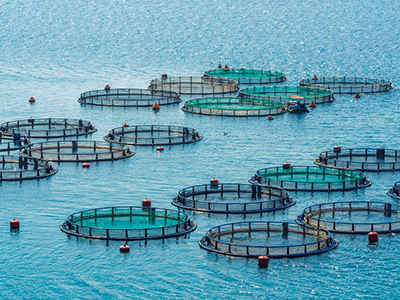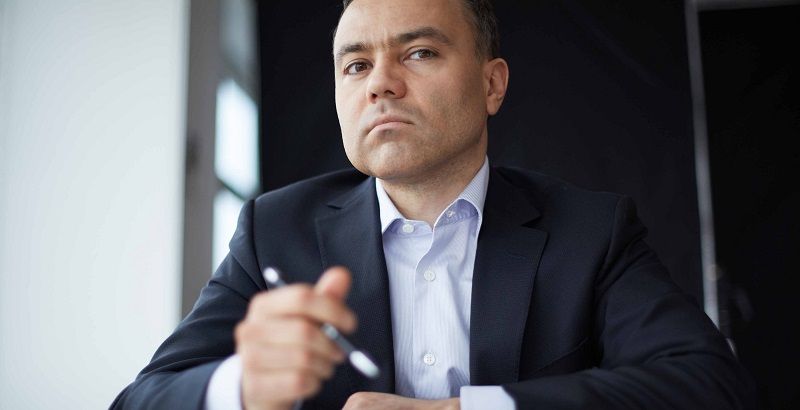MANY YEARS of complaints by small business people who have been brutalised by certain terms in bank loan contracts have finally been recognised through a comprehensive inquiry by the Australian Small Business and Family Enterprise Ombudsman.
ASBFEO Ombudsman Kate Carnell’s research found the big four banks “consistently engage in practices that have caused significant harm to some small business customers”. 
The research highlighted many cases in which banks had allegedly re-valued businesses negatively and forced businesses to pay down debt at a much faster rate than contracted – and in the worst cases forced liquidations.
The ASBFEO inquiry – completed in just over three months – investigated the circumstances surrounding a number of cases of alleged small business mistreatment by the banks, and concluded loan contract arrangements, between banks and small businesses, put the borrower at a distinct disadvantage.
“Fundamentally, what we’ve found is that small businesses who take out a loan, do so under the impression that if they keep up their payments, they will stay out of trouble,” Ms Carnell said. “The reality is that this is not the case; that the clauses contained in standard small business loan contracts give banks an inordinate level of power over the borrower, who has zero ability to do anything about it.
“Basically, the terms in these contracts allow the bank to take action to protect itself from financial risk, by inflicting added demands on the borrower,” Ms Carnell said.
“For example, banks may conduct a new valuation on the assets securing the loan. Now if the value is found to have fallen, the borrower faces significantly increased – and potentially unmanageable – loan costs. Banks also have the power to unexpectedly call in the loan, and demand repayment in an unrealistic timeframe.
“So what ends up happening is that through no fault of their own, small businesses could quickly find themselves in default, even though they’ve made each loan payment, on time, every time.
“The banks argue that they don’t use these contract clauses, however our inquiry found this is simply not true; that banks do in fact utilise these clauses, much to the surprise and heart-break of their small business borrowers,” she said.
Ms Carnell said the ASBFEO report outlined recommendations that can be implemented – many in a short timeframe – to help alleviate the vulnerability of small business borrowers when entering contracts, while not impacting on the financial viability of the banks.
“The cases we examined during our inquiry highlighted the glaring need to ensure small business bank customers are provided with simple standard contracts that are written in plain English and that get rid of the clauses giving banks all the power,” Ms Carnell said.
“It’s also clear from the cases we looked at, that current thresholds governing small business external dispute resolution are insufficient, so we will certainly support work in establishing a mechanism to provide timely and affordable access to justice for cash-strapped small businesses.”
Ms Carnell said the ASBFEO would publish six monthly scorecards on the progress banks were making in response to the recommendations contained in the ASBFEO report.
“Since the GFC (Global Financial Crisis) there have been 17 inquiries and reviews that have produced more than 40 recommendations over the years, relating to the small business sector,” ” Ms Carnell said. “Despite this, the banks have consistently failed to implement changes to address persistent problems.
“Frankly, the banks take ‘kicking the can down the road’ to new levels. This is no longer acceptable and I’m determined the recommendations we’ve made are adopted as quickly as possible. This report is a living document; it’s only the beginning of our work in this area,” she said.
Ms Carnell said she hoped that as industry leaders, the four major banks would seize the opportunity to be exemplars for change, saying the ASBFEO has already secured varying levels of in–principle support from the banks on a range of issues.
“While there’s certainly a lot of work to be done, it’s important to give credit where it’s due, with the big four banks committing – albeit to varying degrees – to make changes in a number of problem areas identified during our inquiry process,” Ms Carnell said.
These include amending the Code of Banking Practice to provide greater small business protections, the creation of customer advocates and improved transparency on valuations.
The ASBFEO report came about after a September 6, 2016 request by Federal Small Business Minister Michael McCormack for ASBFEO to inquire into the “adequacy of the law and practices governing financial lending to small businesses”
The ASBFEO inquiry investigated a selection of cases examined as part of the Parliamentary Joint Committee Inquiry into the Impairment of Customer Loans.
Throughout the inquiry process, executives from the four major banks were summonsed to attend public hearings, with the ASBFEO using its Royal Commission-like powers to compel banks to produce required case documentation.
The inquiry also heard evidence from bank customers during private hearings, and considered the findings of previous inquiries and reviews.
www.asbfeo.gov.au
THE ASBFEO RECOMMENDATIONS
The ASBFEO has made a series of clear recommendations to the big four banks as a result of the inquiry. These are:
- Strengthen the Australian Bankers’ Association’s six-point plan;
- Code of Banking Practice be revised to include a specific small business section, with the code to be approved and administered by ASIC;
- No defaults on loans below $5 million where a small business has made payments and acted lawfully;
- A minimum 30-business day notice period for potential breach of contract conditions;
- A minimum 90-business day notice period for bank rollover decisions for loans below $5 million (longer for rural properties and complex businesses);
- Banks required to provide a one-page summary of loan default triggers;
- Banks to put in place a new and clearly written small business standard form contract;
- Borrowers be provided with a choice of valuer, valuer instructions and valuation report;
- Borrowers be provided a copy of instructions given to investigating accountants and the subsequent report;
- Banks to eliminate perceived conflict of interest when investigating accountants appointed as receivers;
- An industry-funded one-stop external dispute resolution body, with a unit dedicated to resolving small business disputes regarding credit facilities of up to $5 million;
- Bank customer advocates be made available to consider small business complaints;
- External disputes resolution schemes be extended to include disputes with third parties appointed by the bank and to borrowers who have undertaken farm debt mediation.
- A national approach to farm debt mediation;
- ASIC to establish a Small Business Commissioner.
ends
ends


 How to resolve AdBlock issue?
How to resolve AdBlock issue? 





